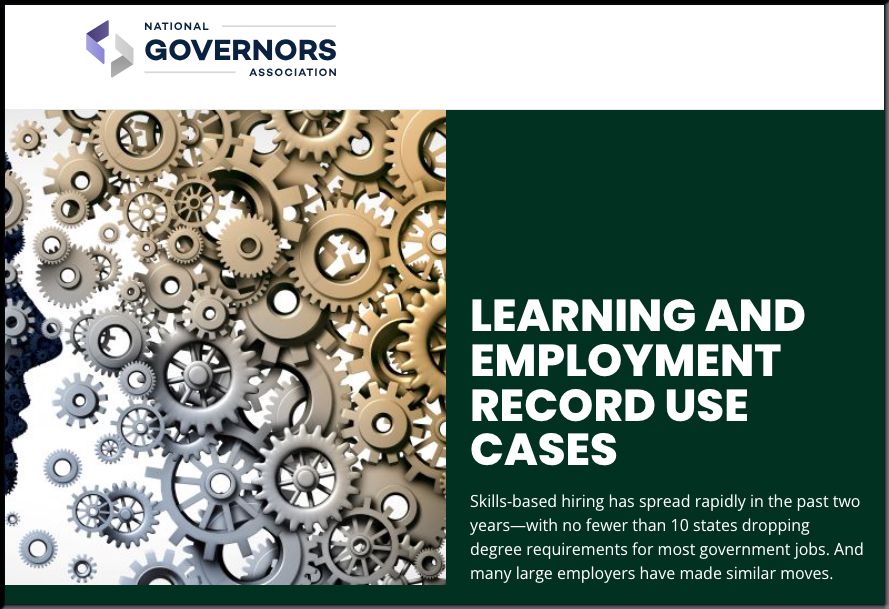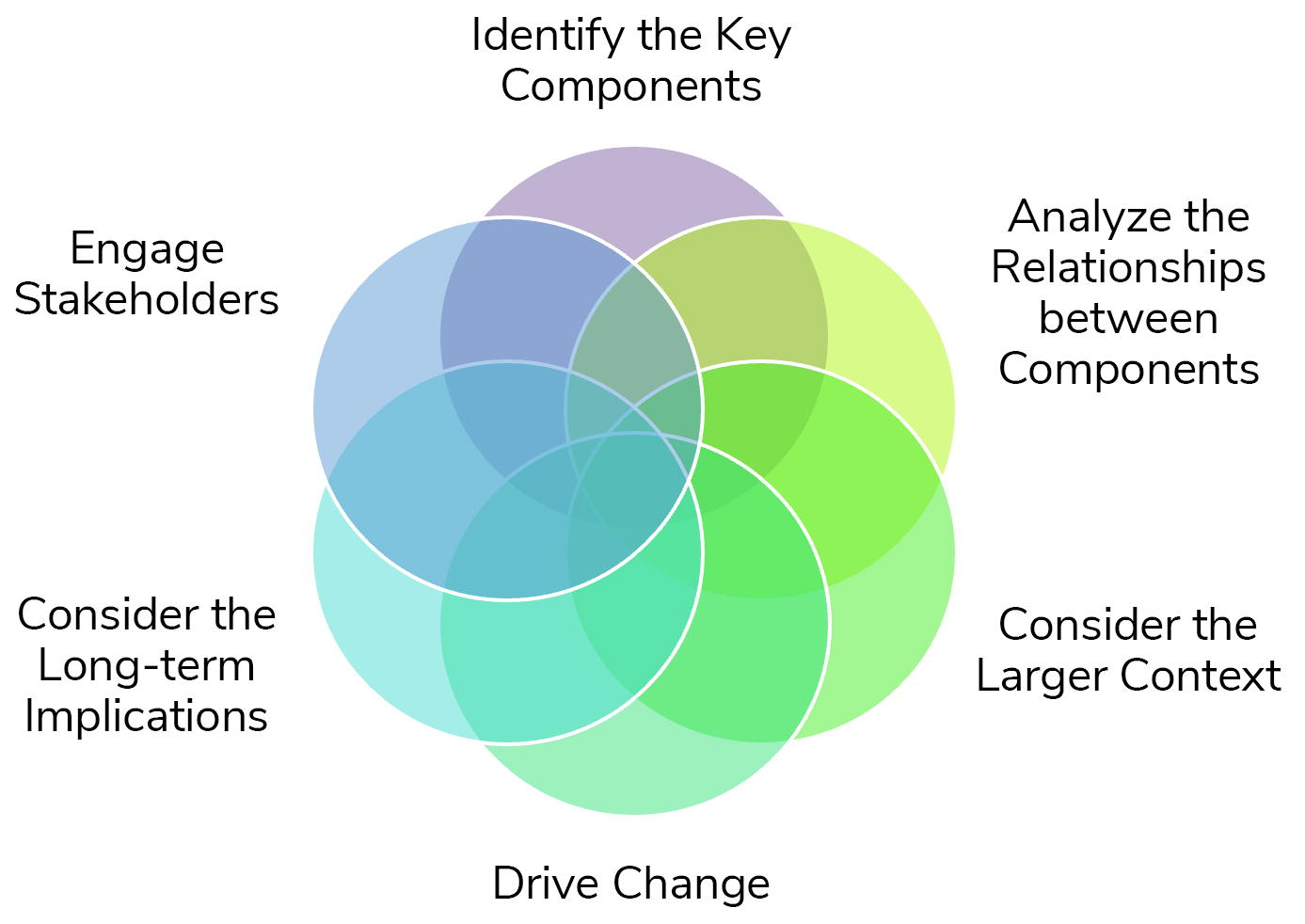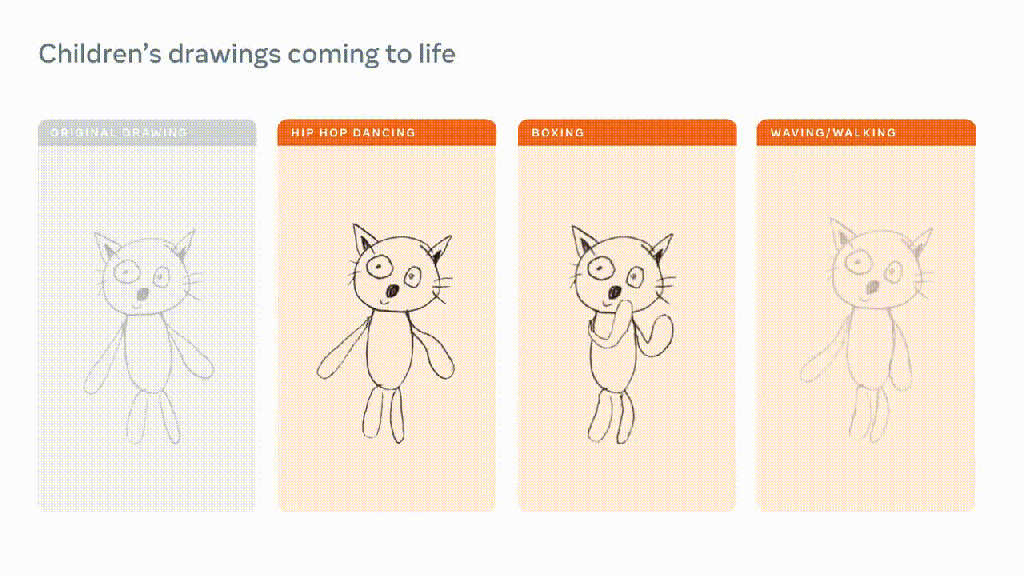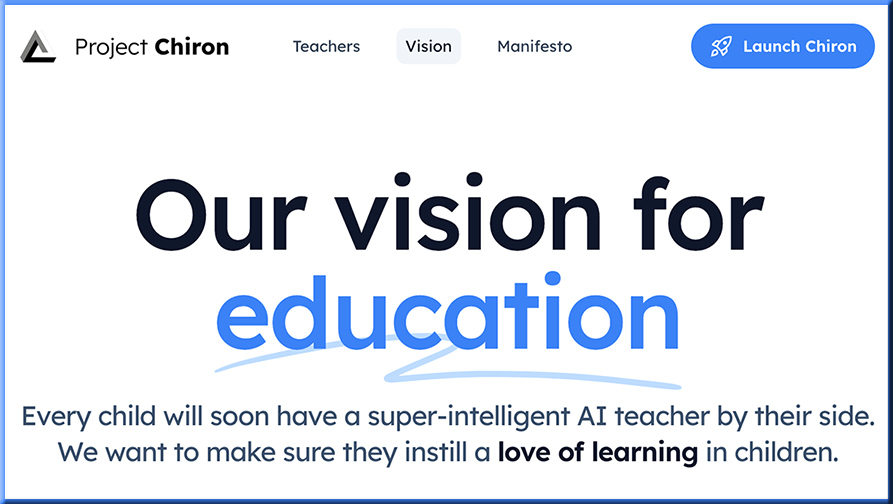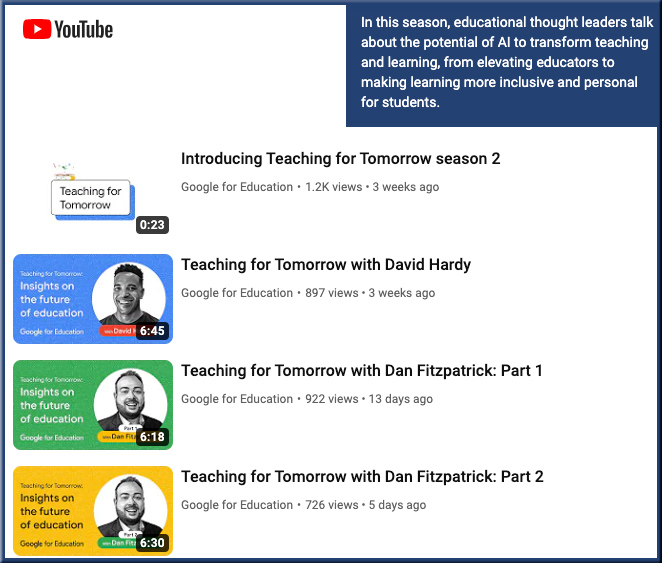Education evolves to match the speed of tech innovation — from Tech predictions for 2024 and beyond — from allthingsdistributed.com
Higher education alone cannot keep up with the rate of technological change. Industry-led skills-based training programs will emerge that more closely resemble the journeys of skilled tradespeople. This shift to continuous learning will benefit individuals and businesses alike.
Similar to the software development processes of decades past, we have reached a pivotal point with tech education, and we will see what was once bespoke on-the-job-training for a few evolve into industry-led skills-based education for many.
We have seen glimpses of this shift underway for years. Companies like Coursera, who originally focused on consumers, have partnered with enterprises to scale their upskilling and reskilling efforts. Degree apprenticeships have continued to grow in popularity because education can be specialized by the employer, and apprentices can earn as they learn. But now, companies themselves are starting to seriously invest in skills-based education at scale.
…
All of these programs enable learners at different points in their career journey to gain the exact skills they need to enter in-demand roles, without the commitment of a traditional multi-year program.
But there will be many industries where the impact of technology outpaces traditional educational systems. To meet the demands of business, we will see a new era of industry-led educational opportunities that can’t be ignored.
From DSC:
It seems to me that this is saying that higher education is not able to — nor will it be able to in the future — match the speed of innovation taking place today. Therefore, alternatives will continue to hit the learning landscapes/radar. For example, Amazon’s CTO, Dr. Werner Vogels, mentioned Amazon’s efforts here:
Amazon just announced that it has already trained 21 million tech learners across the world in tech skills. And it’s in part thanks to programs like the Mechatronics and Robotics Apprenticeship and AWS Cloud Institute.









